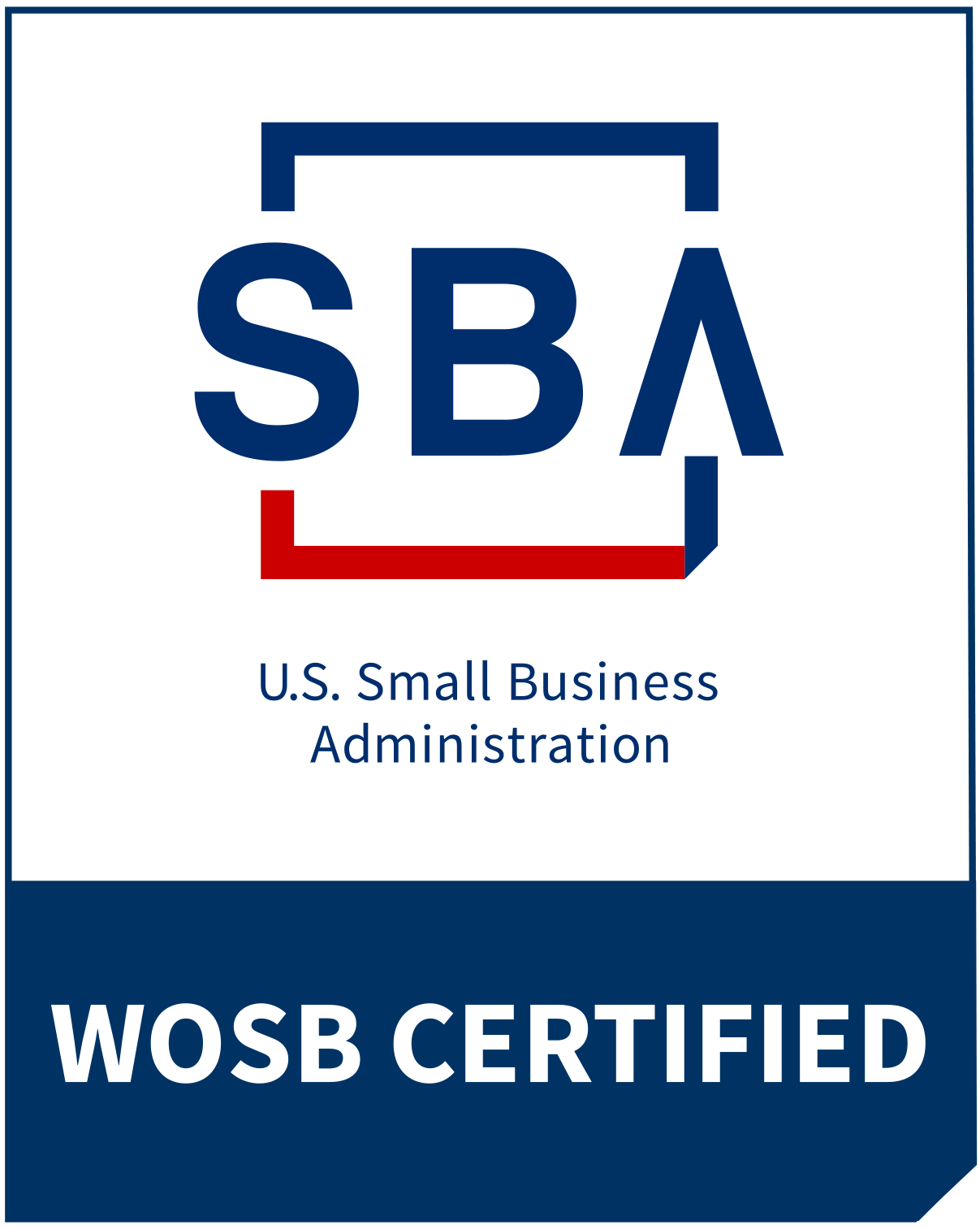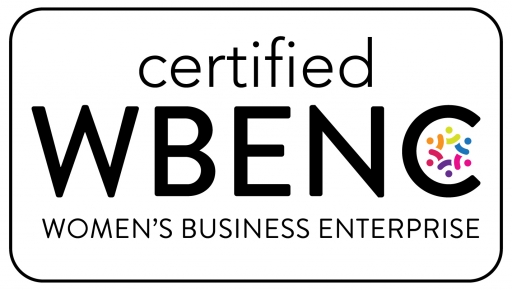Many BigCo leaders have come to rely on entrepreneurial problem-solving formats such as in-person Strategy or Innovation Sprints to drive to more efficient and effective results. In a virtual context, in-person Sprints need to be reimagined. We thought it would be helpful to share our lessons learned while building consumer-first pipelines 100% virtually, so other teams may reapply.
The challenge with virtual:
While many foundational principles required to get to strong ideas remain the same—iteratively uncovering consumer insights, leveraging external inspiration to fuel divergent thinking, and staying laser-focused on the problem you are solving–HOW the work gets done is different when you’re working in a virtual context. In a virtual setting, it’s more important than ever for team leaders to consider each team member’s working style, talents, home situation, potential distractions, and energy boosters (and detractors). Every team is different and there is no one-size-fits-all approach. There is also the misconception that when the work is done digitally, that you reduce the time on task. In our experience (and the experiences shared in Jake Knapp’s remote sprint guide), a virtual Sprint requires more time.
The opportunities with virtual:
We’ve always leaned heavily on our entrepreneurial, digital research toolbox. During in-person Innovation Pipeline Sprints, we conduct a series of learning loops leveraging digital, overnight research tools to take advantage of the time together during the day. In a virtual context, we can leverage breaks during the day to get quick input from consumers in ways we wouldn’t in person. For instance, if the team is in the process of dimensioning out an idea that resonated with consumers early on but is stuck on which benefits consumers are most drawn to, we can quickly, in that moment, get feedback from 150+ consumers to help move the team forward. Virtually, you’re also able to more easily and cost-effectively leverage external resources, like subject matter experts, without travel costs or time constraints.
Have you been tasked with spearheading the move to digital collaboration within your brand team as you build your innovation pipeline? Here are some tips to help you and your team as you’re building your approach:
6 Hacks to Sprinting in a Virtual Context
In a 100% virtual world, preparation has never been more key.
“Sweat the details in the beginning and automate your process as much as possible. It allows you to focus on building a connection with your remote peers, keeping up the energy levels and enthusiasm throughout the sprint, and empowering everyone to contribute to the best of their ability.” —Alesha Unpingco, Google, The Sprint Book – Remote
- Focus on what works for your team. Ask team members for input on scheduling and be sure to consider accommodations for those with kids at home, who are juggling multiple priorities. Before developing a recent session with an F500 food and beverage brand, we sent a short survey asking some of these questions and built the plan with this in mind.
- Build time to align on objectives and the “Why.” Knowledge sharing upfront is even more important to enable the team to stay laser-focused on the objective. We have also been spending time defining and aligning to the “WHY.” Knowing the “why” of your company gives vision, and with vision comes focus, resilience, and influence–three key factors to success. For BigCo leaders, identifying your “why” and connecting it to your work often is the missing link to having the courage to take a risk on a new approach or to have the grit to stick with a challenging project even after facing some adversity.
- Choose digital collaboration tools: You need a way to video conference and a place to share resources and collaborate. Our platforms of choice are Zoom for video conferencing and Miro to enable resource sharing, digital collaboration, and “whiteboarding.” But, there are many other platforms out there (e.g., Microsoft Teams, Mural, etc.), so test and learn and figure out what works best for your team. When preparing your digital tools, ensure everything is over-engineered—boards set up in advance, all team members have been trained, materials shared, alternative resources prepared, etc. We’ll say it again: you cannot over-prepare for a virtual session. (See an example below of what one of our own Miro boards looked like after the TGG Team identified 70 ideas and prioritized them during a Virtual Strategy & Innovation Sprint.)

- Schedule dedicated time blocks with full team vs. full “Sprint” days, to create intermittent opportunities for collaboration, allowing space and work time for information processing and exploration, as well as breaks to rest and take care of things at home. During the dedicated time blocks, diverge into smaller breakout teams (3-4 max), with an appointed team leader and key objective per breakout. The more you pulsate between short small-team work sessions and full-team share-outs, the more efficient and focused the team will be. This experience is especially fluid if you leverage Zoom’s breakout room feature.
- Seek inspiration everywhere via external video interviews, moderated panels, 15-minute bursts of inspiration from subject matter experts, digital stimuli, and more to enable the team’s progress. For a recent project, we sent the team on scavenger hunts in their own homes to find Trends & Analogs that solved their prioritized Jobs to be Done.
- Leverage frequent iteration & consumer feedback via digital research tools, enabling over 100 touchpoints with consumers via 1-1 interviews, overnight experiments, real-time consumer feedback while teams are on break, etc. Learn more about how this can come to life.
Whether you’re building an innovation pipeline or simply looking for effective ways to virtually collaborate with your team, we are here to be your partner and help. We are happy to share more examples, digital platform tips, resources, and more. >>>


